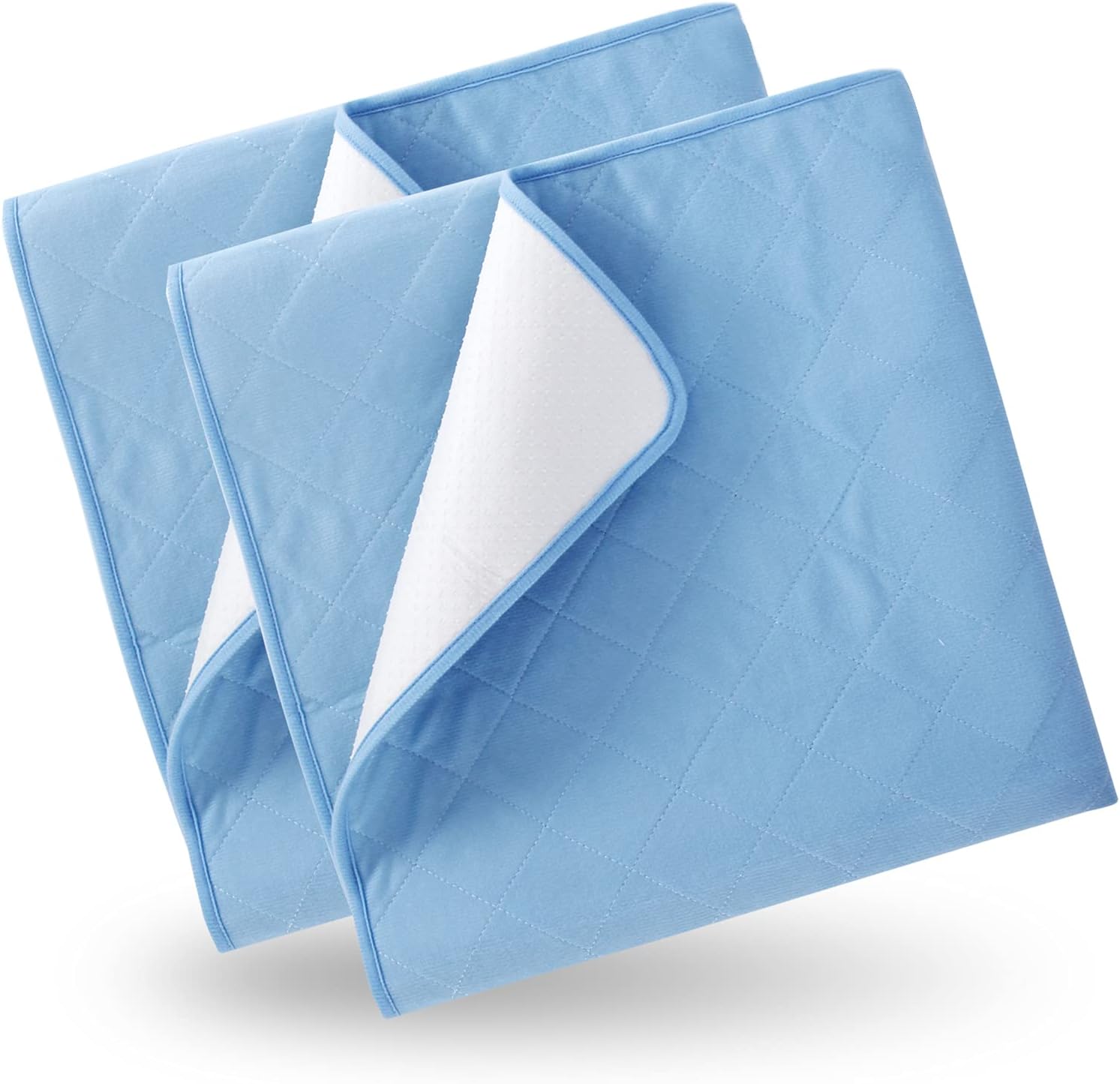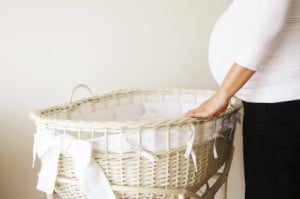Shopping for a safe, comfortable bassinet mattress pad for your baby-to-be can be a little tricky. Before you hit the bedding aisle at your local baby mega-store, take a moment to review these helpful buying tips on choosing a bassinet mattress pad.
Choose a Firm bassinet mattress pad
While an extremely firm bassinet mattress pad may seem uncomfortable, a firm foundation is essential to your baby's safety. According to the Consumer Product Safety Commission, soft sleeping surfaces create a suffocation hazard for infants and increase the risk of SIDS (sudden infant death syndrome).
Never lay your baby down to sleep on an adult mattress pad or any other soft surface. If you are worried about your little one's long-term comfort, opt for a double-sided bassinet mattress pad. Designed for infant use, one side should be very firm. The other side is softer and more appropriate for use in a toddler bed.
Research bassinet mattress pad Options
There are several different types of bassinet mattress pads available, including foam, innerspring, and organic models. Take the time to learn about the benefits and potential problems associated with all three, so you can make a choice you feel comfortable with.
Growing numbers of researchers and medical professionals assert that chemicals left over from the manufacturing process of many common household items can aggravate existing medical conditions and even cause new and potentially dangerous health problems. With any luck, your little dreamer will spend the better part of his or her days sleeping in their bassinet. So, if you're hoping to create a chemical-free environment for your child, an organic bassinet mattress pad may be the best place to start.
Choose the Right Sized bassinet mattress pad
In order to be safe, your child's bassinet mattress pad must be a good fit for the bassinet. There should be no more than two fingers of space between the side of the bassinet mattress pad and the bassinet frame. Any larger and your baby may become entrapped between the two, resulting in injury or suffocation.
While most bassinets use a standard-sized bassinet mattress pad, size can vary. Before buying a bassinet mattress pad, make sure you have the exact measurements of your bassinet. Bassinet mattress pad vents allow for increased airflow and make it easier for moisture to escape, preventing mold, mildew, and odor. When choosing your bassinet mattress pad, look for small, reinforced holes along the sides. The more ventilation holes, the better.
Look for Independent Certification
All bassinet mattress pads sold in the United States must meet specific safety standards set forth by the CPSC and the American Society for Testing and Materials. Independent certification can provide peace of mind, especially if you plan on shelling out a couple of hundred dollars extra for an organic bassinet mattress pad. (All organic bassinet mattress pads are certified using the Global Organic Textile Standards, but a label boasting an organic certification does not necessarily mean the item is entirely organic.) Look for bassinet mattress pads marked "100% organic" that have been certified by an independent interest group, such as the Environmental Working Group.
Spend the Money for a Quality bassinet mattress pad
A quality bassinet mattress pad should see your little one into their "big bed" days and beyond without issue. Bassinet mattress pads can be expensive, costing as much as $300 or more, but if you're trying to save a few bucks, you'll be better off making cuts else ware.
Protect Your bassinet mattress pad
Babies leak for all manner of reasons. A water-resistant cover is always a good idea, especially if you plan on trying to preserve your bassinet mattress pad for a second child. Some bassinet mattress pads have been specially designed to survive the occasional midnight diaper crisis. These bassinet mattress pads usually have a laminated nylon surface and do a decent job repelling all manner of yuck, but you may still want to use a water-resistant cover as a backup. This is especially true for organic bassinet mattress pads, which are rarely water-resistant.
If you plan on saving your child's bassinet mattress pad for use by a younger sibling, be sure to keep it clean and dry while in use, and store it in a safe place. Before introducing it to its second owner, ensure that the bassinet mattress pad is in good condition and that the center and edges have remained firm and retained their shape.



